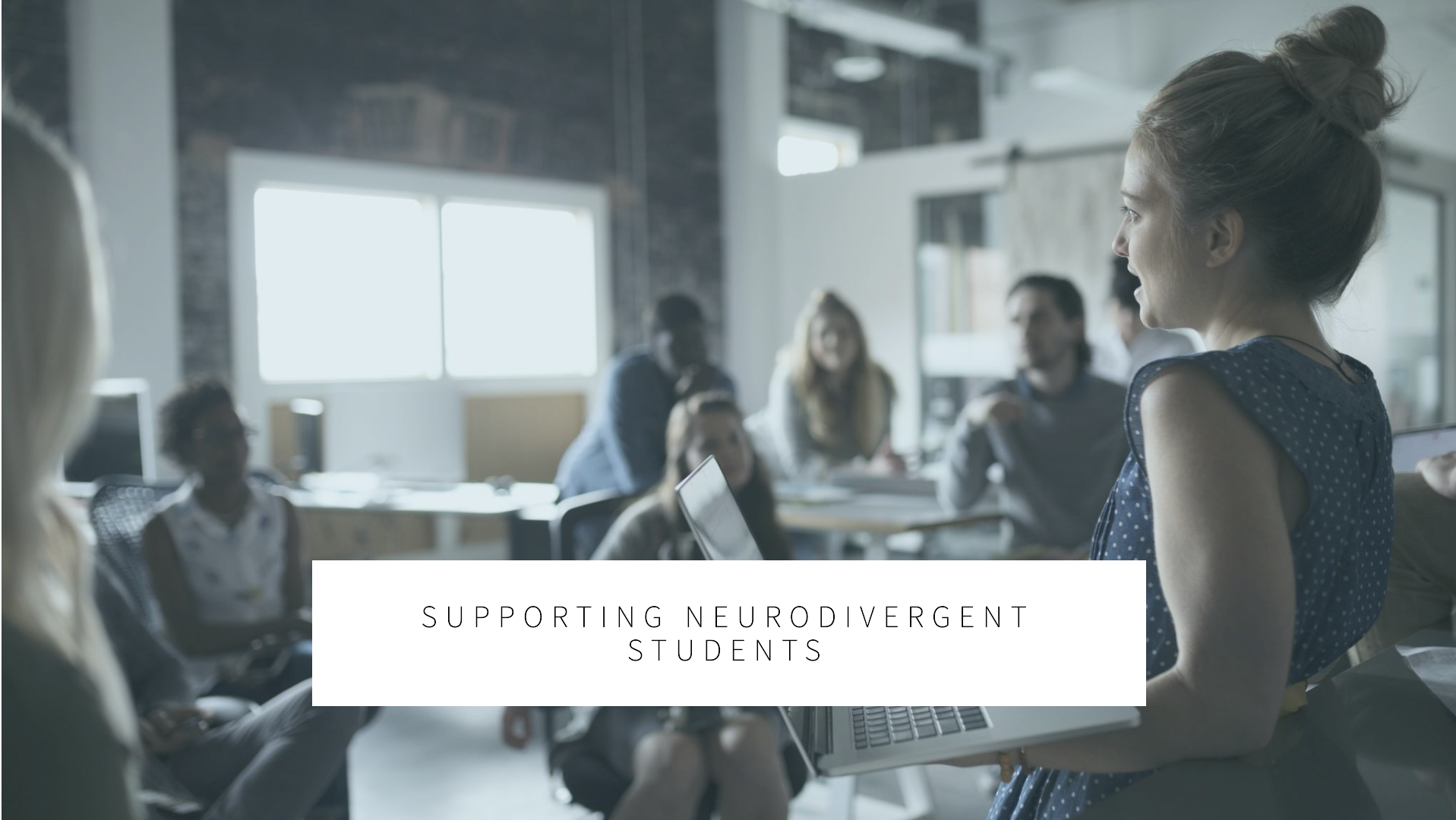
Simulation-based learning is an incredibly powerful tool in healthcare education, offering students a realistic, hands-on environment to practice critical skills. However, for neurodivergent students—those with Autism, ADHD, Dyslexia, and other neurological variations—traditional simulation scenarios can present unique challenges. To foster an inclusive learning environment, it’s essential to adapt simulation-based healthcare training to meet the diverse needs of neurodivergent learners.
By incorporating flexible learning approaches, addressing sensory sensitivities, and offering personalised support, we can ensure that all students thrive in simulation-based healthcare education.
Understanding the Unique Needs of Neurodivergent Students
Neurodivergent students often process information and respond to stimuli differently from their neurotypical peers. This can make fast-paced, high-pressure simulation scenarios challenging for some. However, it also opens the door for creative, flexible approaches that can help neurodivergent learners excel.
For instance, students with ADHD may struggle with prolonged focus or handling overwhelming amounts of information at once, while students with Autism may experience heightened sensitivity to sensory input like loud noises or chaotic environments. Understanding these differences is the first step toward building inclusive simulations.
Flexible Learning Approaches: One Size Doesn’t Fit All
A key strategy in supporting neurodivergent students is providing flexibility in how simulations are structured. While traditional simulation exercises often follow a rigid, timed format, offering neurodivergent students alternative options can make all the difference.
Consider allowing students to choose from various formats, such as breaking down a single long scenario into shorter, manageable segments or allowing more time for reflection between stages. For example, students with ADHD may benefit from focusing on one specific aspect of the scenario at a time, rather than multitasking across multiple clinical tasks.
Additionally, incorporating elements like written instructions, visual aids, and the option for students to pause or rewind a scenario can be invaluable. This flexibility enables neurodivergent learners to process information at their own pace, ensuring they don’t feel rushed or overwhelmed.
Sensory Considerations: Managing Environmental Triggers
Simulation environments can be rich with sensory input, from the sounds of medical equipment to the sight of flashing lights or crowded spaces. For neurodivergent students, especially those with sensory sensitivities, these elements can be overstimulating and counterproductive to learning.
Creating a sensory-friendly environment is crucial. Offering noise-cancelling headphones or reducing the volume of alarms and monitors can help students with sensory sensitivities. Likewise, ensuring that lighting is adjustable can make a significant difference for students who find bright or flickering lights distressing.
For students who may struggle with sensory overload in more chaotic or fast-paced scenarios, consider creating a simulation environment with fewer distractions, allowing them to focus on the task at hand without feeling overwhelmed by external stimuli.
Personalised Support Strategies: Meeting Students Where They Are
Perhaps the most effective way to support neurodivergent learners in simulation-based education is by offering personalised support. Every student’s needs are different, and it’s important to collaborate with the individual to understand what accommodations will work best for them.
For example, some students may benefit from having a mentor or peer guide them through the simulation, offering reassurance and clarifying instructions as needed. Others may prefer to practice the scenario in a smaller group or one-on-one before moving to a more traditional simulation environment with their peers.
Pre-simulation briefings can also be helpful, giving neurodivergent students the opportunity to review the simulation structure, objectives, and any potential challenges in advance. This can reduce anxiety and give students the confidence they need to engage fully in the experience.
The Importance of Debriefing and Reflection
Debriefing is a crucial element of any simulation-based learning experience, but for neurodivergent students, it’s especially important. Allowing time for students to reflect on their performance, ask questions, and discuss their experiences in a supportive environment fosters a deeper understanding of the skills they are learning.
Educators should take care to adapt debriefing sessions to each student’s communication style. For some neurodivergent learners, a structured debrief with clear, concise feedback may be the most effective approach, while others may benefit from a more open-ended discussion. Offering multiple ways to engage in reflection—whether through group discussion, written feedback, or one-on-one conversations—ensures all students can fully process their learning.
Simulation-based learning has the potential to be an incredibly inclusive and empowering tool for neurodivergent students in healthcare education. By embracing flexible learning approaches, considering sensory needs, and offering personalised support, educators can ensure that all learners have the opportunity to succeed in this dynamic training environment.
In healthcare, diversity is a strength, and neurodivergent students bring unique perspectives and problem-solving approaches to the field. By tailoring simulation-based learning to their needs, we not only support their individual growth but also contribute to a more inclusive and empathetic healthcare workforce.
Actionable Insight
Healthcare educators: Take time to assess your simulation environment and training methods. Are you providing flexibility, sensory accommodations, and personalised support for neurodivergent learners? Simple changes can make a profound difference, ensuring that all students have an equal opportunity to thrive.
Leave a Reply